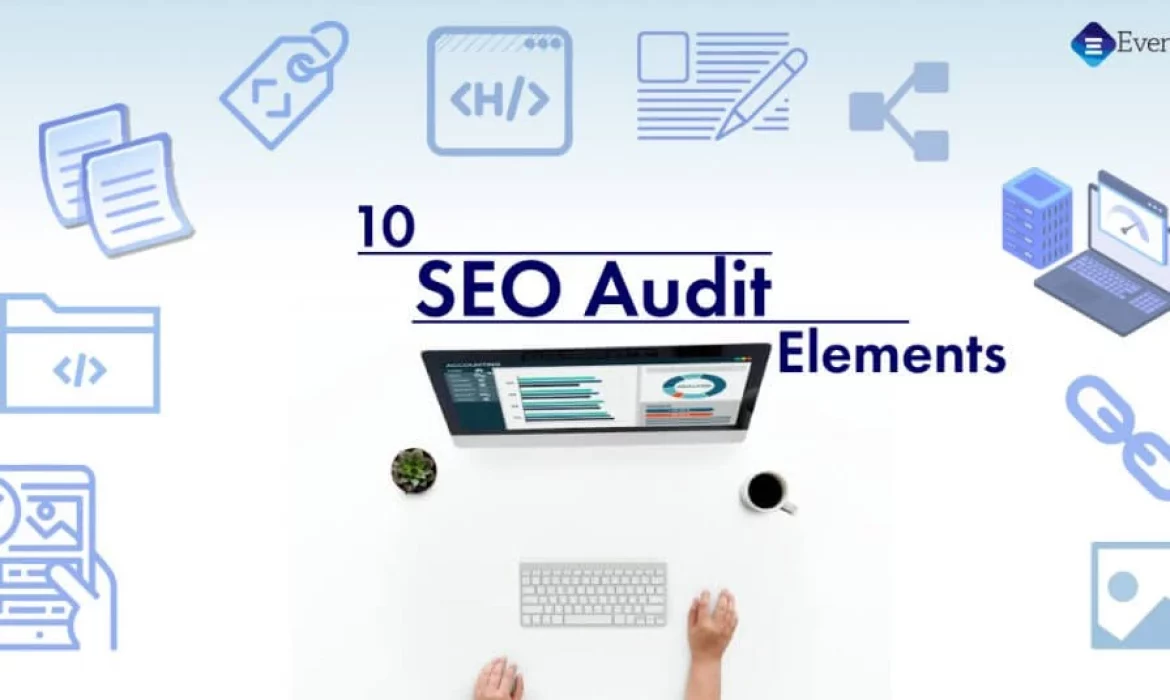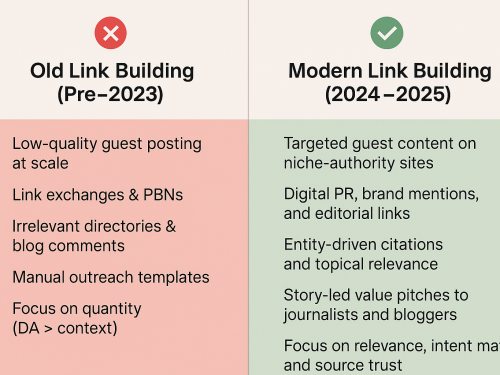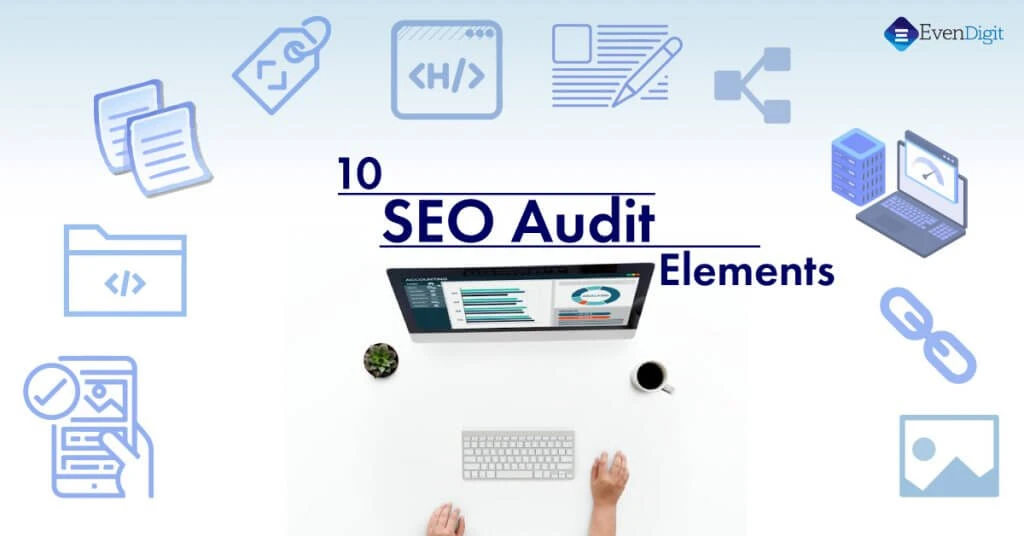
Not all audit elements could be worked on at the same time to optimize the website.
A proper SEO audit gives you a complete insight of your website overall performance on parameters like technical aspects, On-page SEO and off-page SEO techniques.
There are various things that can be improved with an audit. There are over 40 factors based on which a website can be optimized, but not all can be considered at the same time. This makes it a big question—which factors or audit elements should be considered first, to optimize your website?
With a good experience in SEO, we recommend you top 10 SEO audit elements which can give a quick boost to your website performance.
1. Domain Level Duplicity
The very first thing to check for, on a website is domain level duplicity. What is domain level duplicity? When a website has multiple versions of URLs domain level duplicity occurs. A website can have multiple versions of URLs due to various reasons such as adding an SSL certificate to the website or changing the URL structure of the domain. This results in the creation of a duplicate webpage with a different URL. Google bots while crawling the website, consider both; the original page and the duplicate page as individual pages. This hampers the overall ranking of the website as the information on both the individual pages are the same.
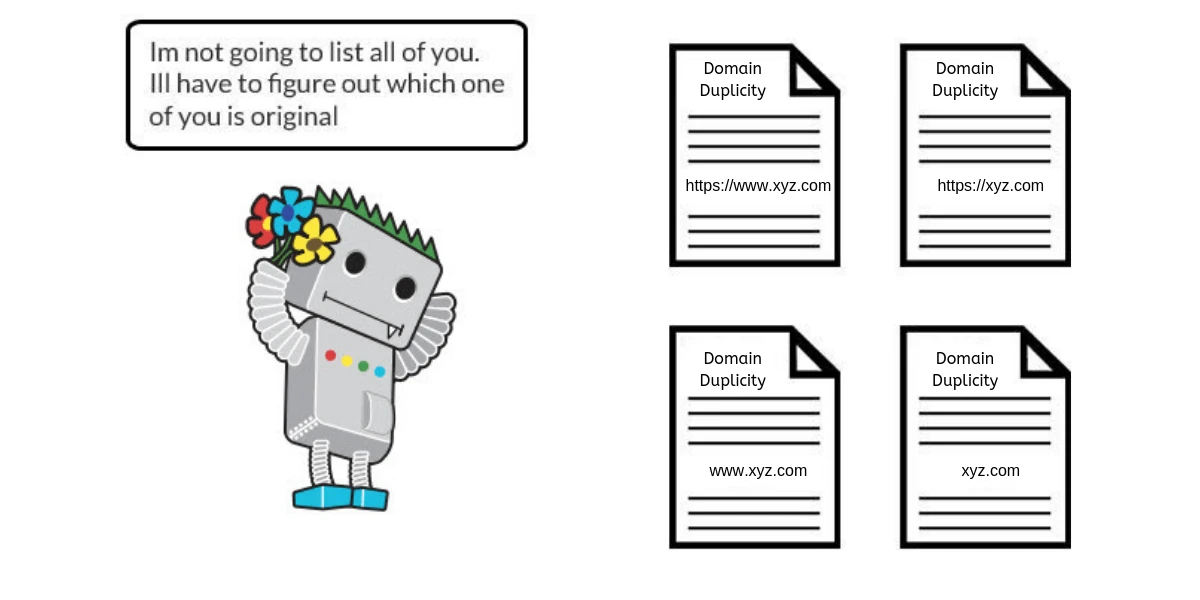
2. Speed Performance
The loading speed of a website is a crucial ranking factor. Be it on mobile or desktop a website should load in the minimum time. The major reason for the users bouncing from a website is higher loading time, which eventually hits the UX. Studies have shown the probability of bounce increases by 32% if a website page takes 1-3 seconds to load. In early 2018, Google launched an update—Mobile First Indexing which meant Google changed its factoring for indexing websites from the desktop version of content to mobile version.
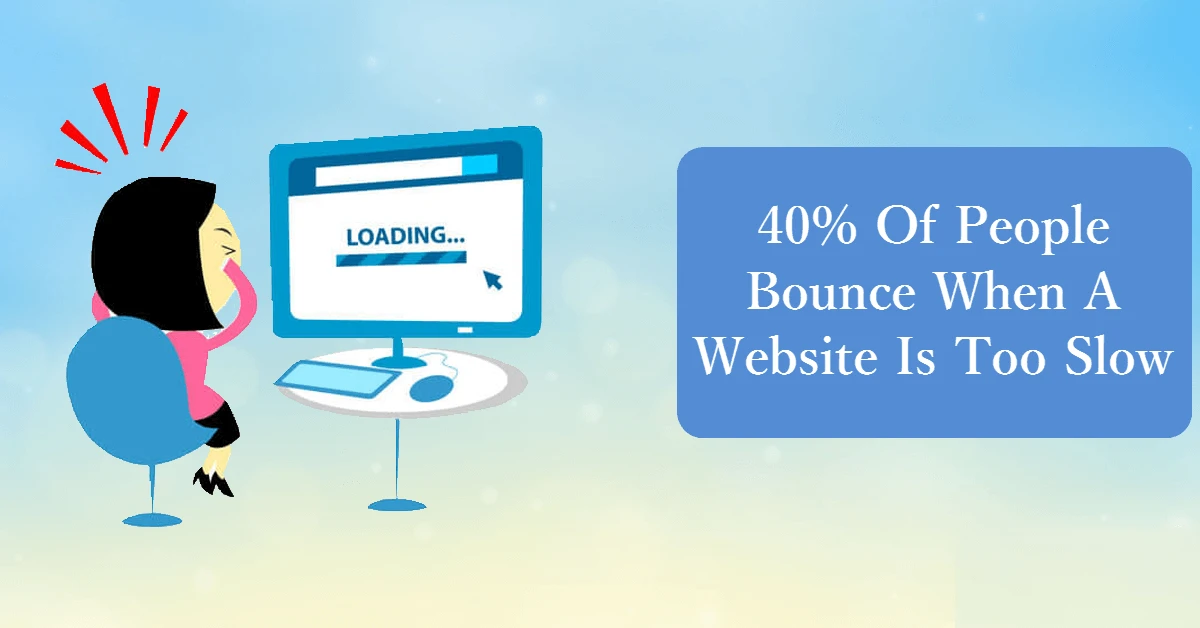
3. Mobile Friendliness
Researches have claimed about 60% of all the internet is accessed through phone and this figure is rising by the day. A whopping 94% of people judge a website on how responsive it’s designed is. This shows how crucial it is to have a mobile-responsive website. Being a mobile-friendly website means the webpages should be readable and comprehensible on mobile devices. The placement of elements such as text and pictures should be such that the UX on the mobile phone is not distorted. Mobile friendliness is also a part of the Mobile First Indexing from Google. Google offers a tool which tells you how mobile responsive your website is.
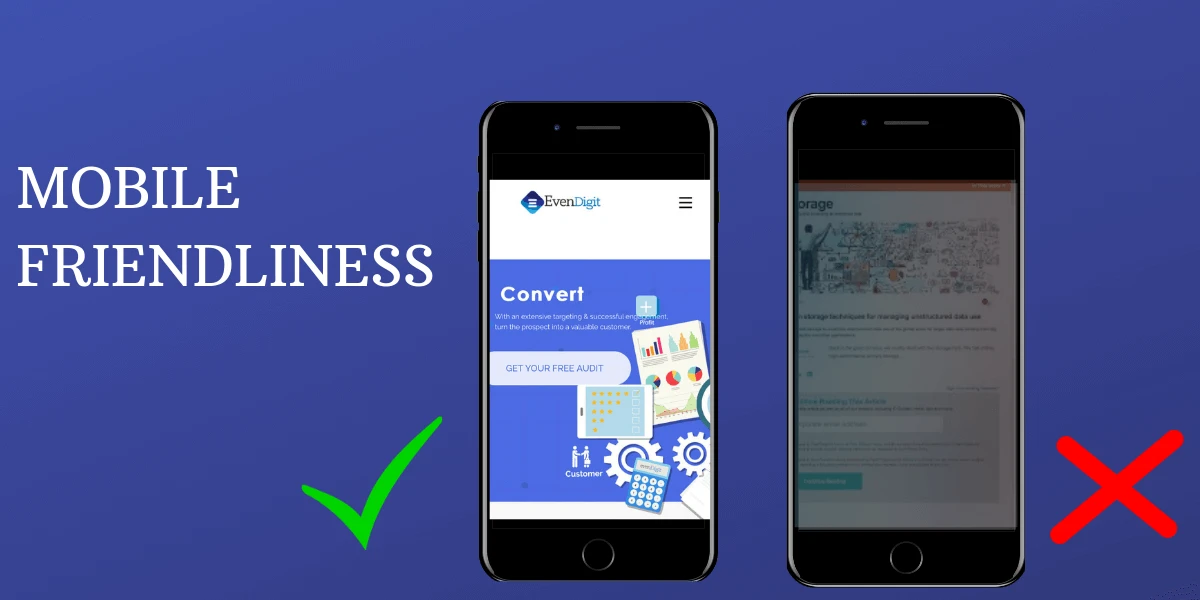
4. Image Optimization
Images are an integral part of a website today, especially for ECommerce businesses. Also, visual content is much more stimulating than any other form of content. Images are optimized by allocating proper title and alt tags. A title tag describes an image and thus a precise description of an image in the title tag is a great opportunity to boost keywords in the content. Also, the correct description in title tags improves the user experience as it increases the relevancy of image search results. Secondly, alt tags help bots to rank an image on SERPs and so correct alt tags help in ranking. The quality of an image is obviously an indispensable factor for a good user experience.
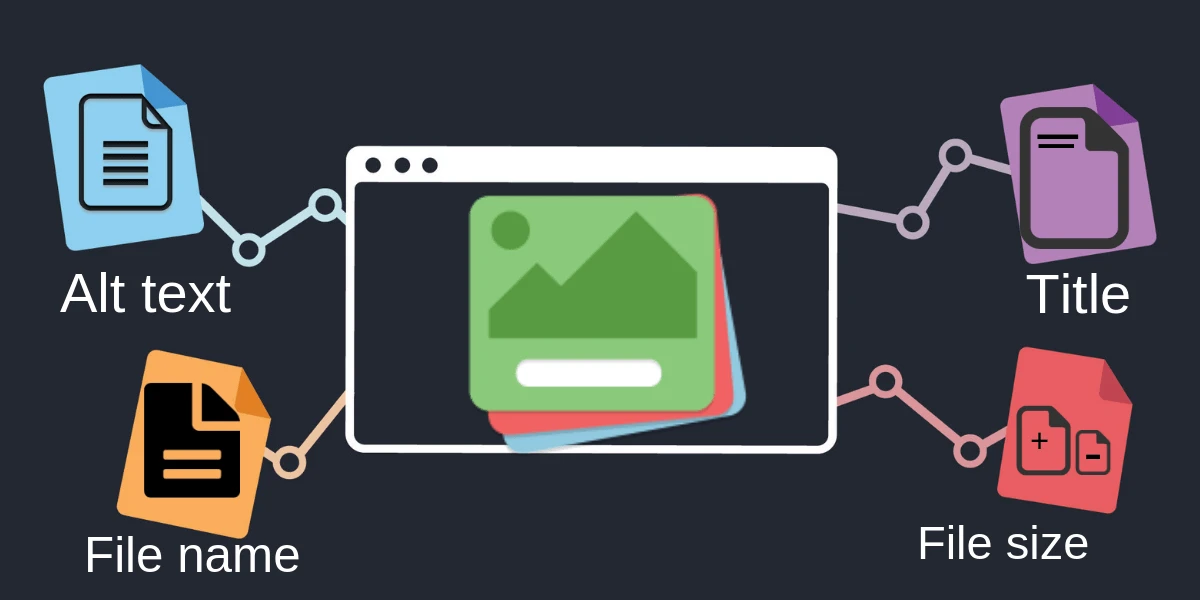
5. Content Optimization
Content is the king, and a king has certain traits to become one. To get the desired results in SERPs, the content on the website must be optimized. The very first thing to optimize the content is making your content unique. A unique content which is free of plagiarism helps in ranking web pages. Also the content should be informative and snackable, which means it should be quick to grasp and easy to digest. Targeting the right audience is also a part of content optimization, for this, using keywords for your content is very important. Potential keywords must be incorporated in content types such as blogs, website content and case studies to reach the most relevant audience. At the same time, using keywords also help in ranking on SERPs.

6. Title Tag & Meta Description
A title tag and meta description defines a webpage. They are bits of HTML code in the header of a web page and they help search engines understand the content on a page. A webpage’s title tag and meta description are usually shown whenever that page appears in SERPs. Defining a title tag and meta description is a very good opportunity to use keywords, which helps in ranking of the web page in SERPs. The recommended character limit for title meta is 50-60 characters and for a meta description is 300-320 characters.
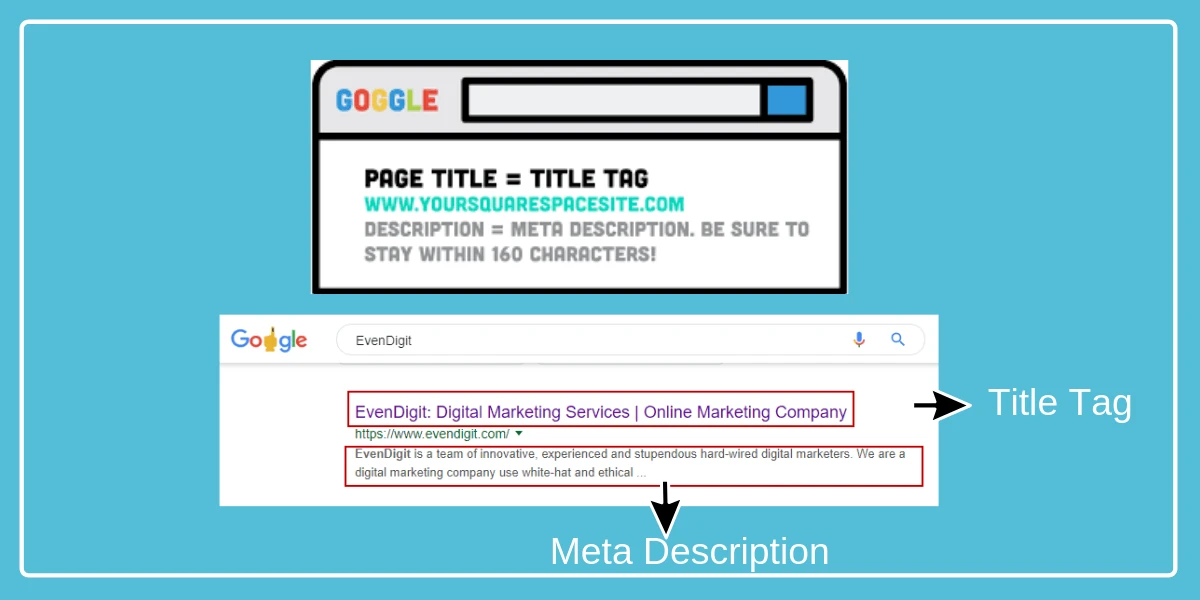
7. Heading Optimization
A webpage can be divided into various sections. Each section must have a heading tag to define that particular section. These heading tags should be optimized by adding keywords, which inturn helps in getting ranking in SERPs. Heading tags are classified from H1 to H6, based on the importance of the sections.
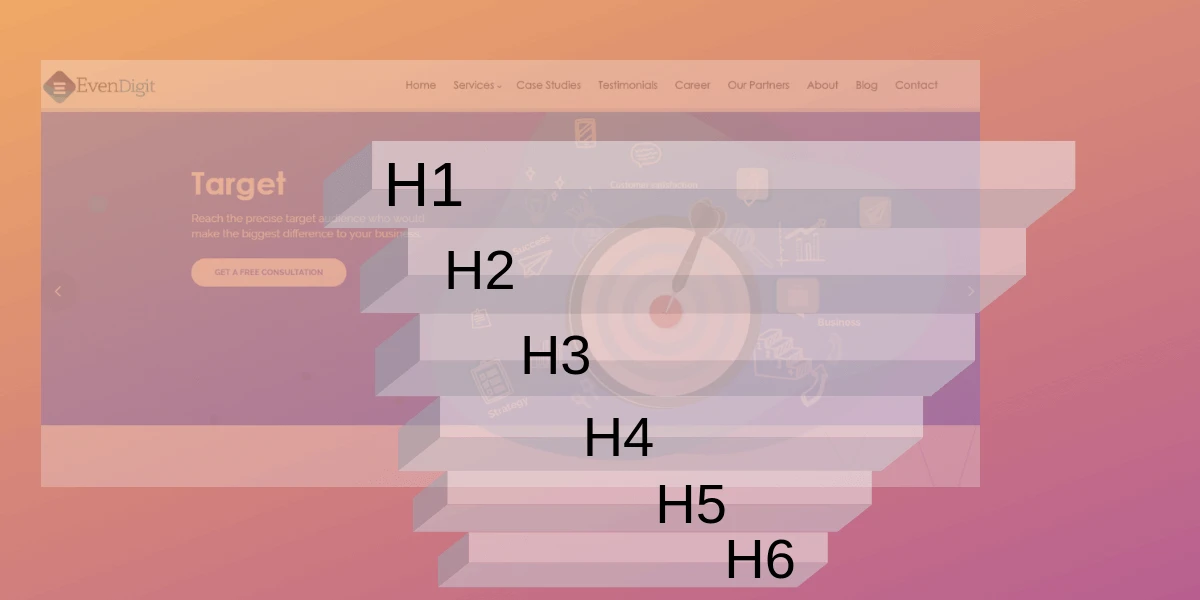
8. Broken Links
There are various reasons for a broken link to occur, like when a website removes or permanently moves a page. These broken links hamper the user experience as they make users unable to access the desired resource or information and they land on 404 error page. These users may decide to make use of another website to find the necessary information elsewhere. To fix such broken links, the web pages should be redirected to the primary/relevant existing web page by implementing 301 redirect. An SEO audit tells you the number of broken links your website has.
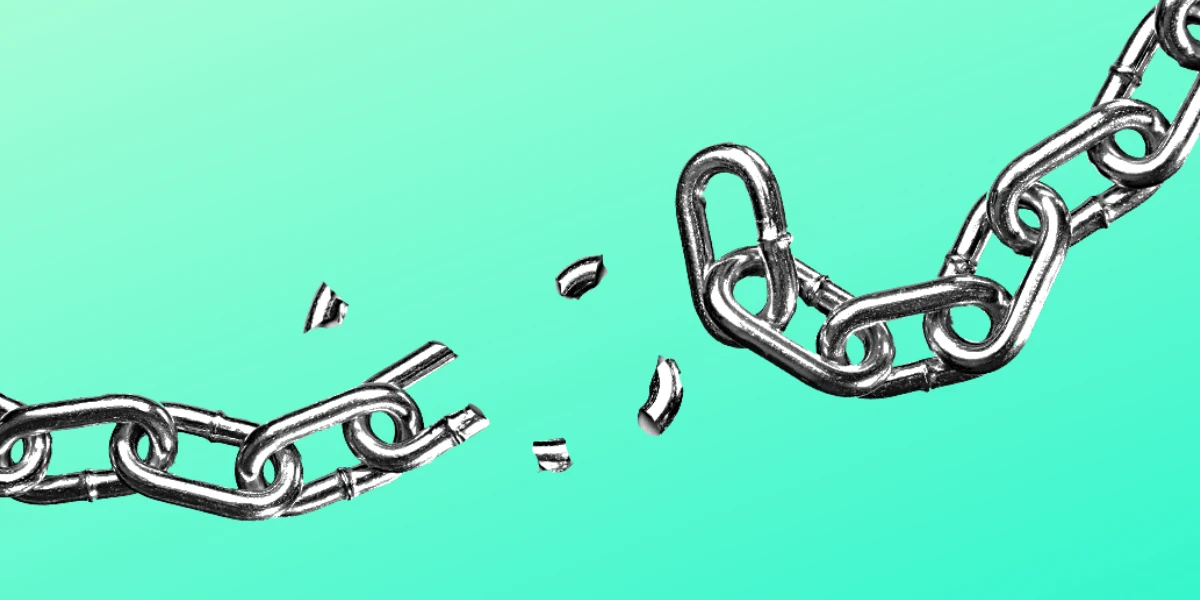
9. XML & HTML Sitemaps
XML and HTML sitemaps are like an index of the book. An HTML sitemap enables users to easily navigate the website and most importantly an HTML sitemap is an efficient way to distribute your “link juice” among the pages of your website. On the other hand an XML sitemap helps the bots to scan the web pages and index them.
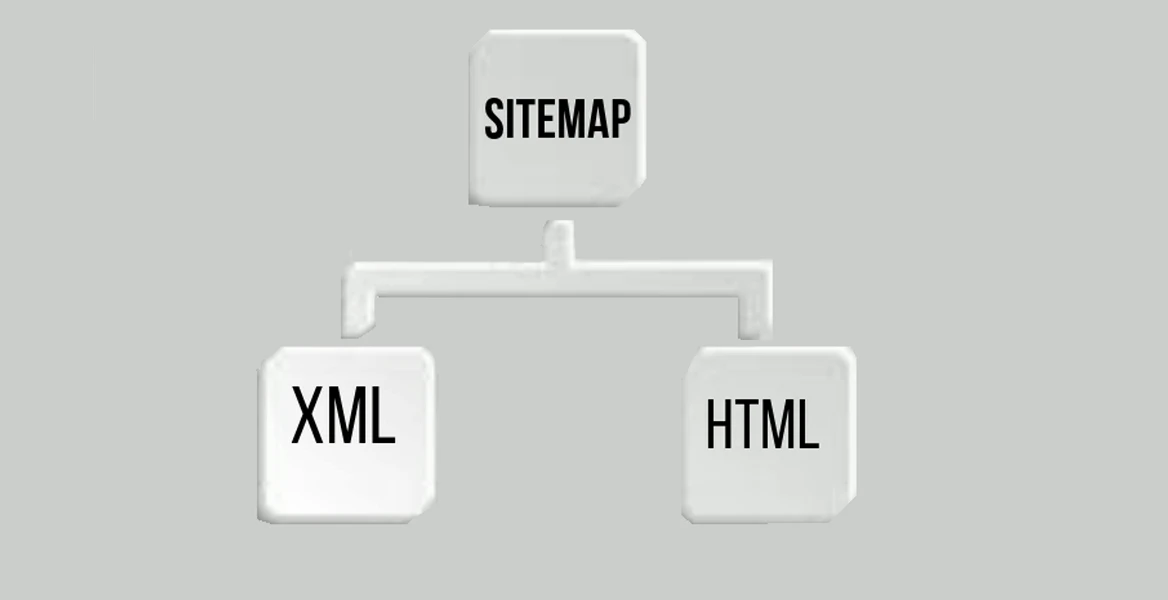
10. URL Structure
URL structure is the ‘web address’ which specifies the location of a webpage on the world wide web. The URL structure is an important ranking factor. A URL must be descriptive and the query string must be separated with a hyphen. Special characters such as an underscore, hash, percentage etc. should be avoided as it hampers the user experience.

SEO audit elements are not just restricted to 10 factors and when all the elements are considered, you get a thorough SEO optimization of your website. For a sound SEO audit for website, website SEO analysis, and complete website SEO audit checklist, contact us at www.evendigit.com. Additionally, our SEO audit guide will provide you with everything you need on how to conduct an SEO audit and enhance your site’s performance. For in-depth SEO audit tools to help with your website’s health check-up, make sure to explore our detailed blog on SEO audit tools for websites health check-up.
EvenDigit
EvenDigit is an award-winning Digital Marketing agency, a brand owned by Softude (formerly Systematix Infotech) – A CMMI Level 5 Company. Softude creates leading-edge digital transformation solutions to help domain-leading businesses and innovative startups deliver to excel.
We are a team of 70+ enthusiastic millennials who are experienced, result-driven, and hard-wired digital marketers, and that collectively makes us EvenDigit. Read More

